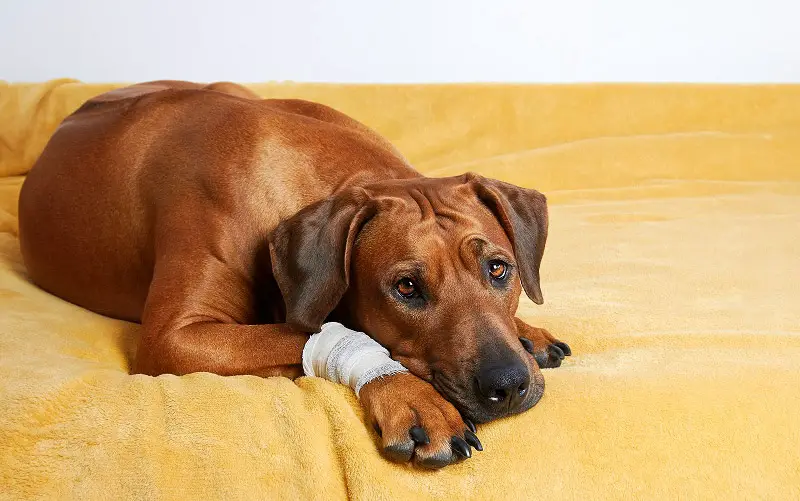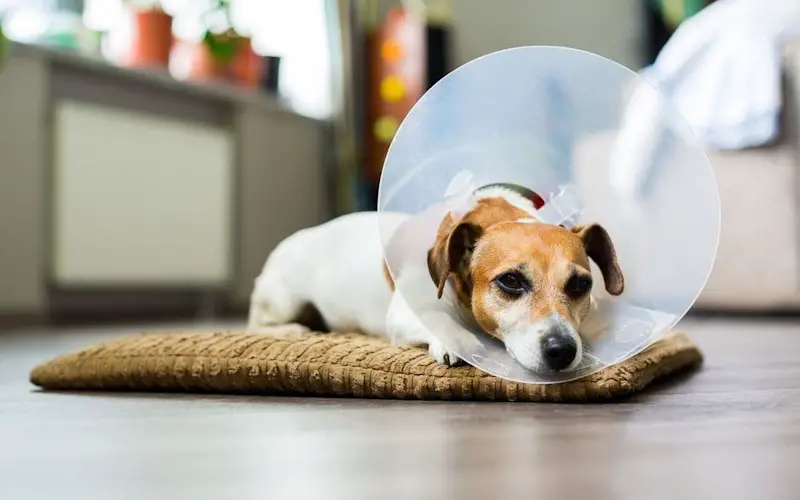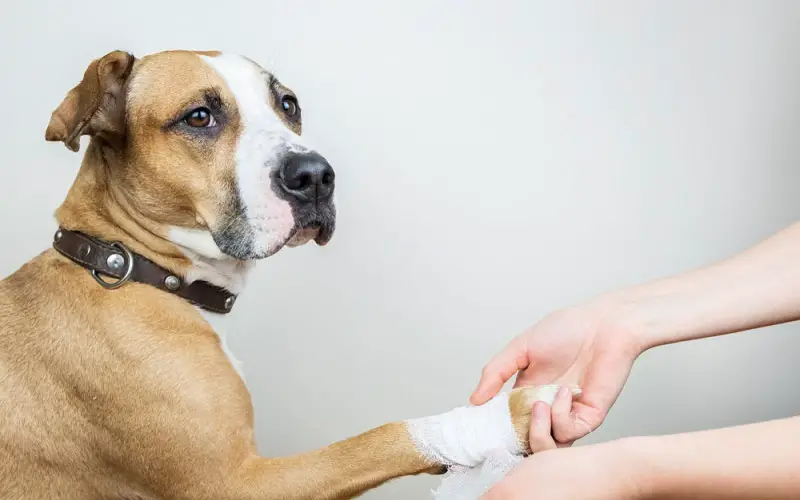Worried about your dog’s wound? Learn safe, effective methods to heal it quickly! Expert tips and essential steps for fast recovery.

Dogs are curious and adventurous creatures, but sometimes their curiosity can get them into trouble. Whether it’s a scratch from a thorn, a bite from another dog, or a cut from a sharp object, wounds can happen to any dog at any time.
But how do you treat a dog wound properly? What are the best methods to heal it fast and prevent infection? And when should you take your dog to the vet?
In this article, we will answer these questions and more. We will cover different types of wounds, how to assess them, and how to care for them at home or with veterinary help. By following these steps, you can ensure your dog’s wound heals quickly and safely.
Assessing the Wound
The first step to treating a dog wound is to assess its severity and location. This will help you decide the best course of action and whether you need to seek professional help.
Here are some factors to consider when assessing a dog wound:
- Size: How large is the wound? Is it deeper than half an inch? If the wound is large or deep, it may require stitches or surgery to close it and prevent excessive bleeding or infection.
- Location: Where is the wound located? Is it near a vital organ, a joint, or an eye? Some areas are more prone to infection or complications than others. For example, wounds on the face, ears, or paws can be more difficult to heal and may require special attention.
- Cause: What caused the wound? Was it a bite, a puncture, a laceration, or an abrasion? Different causes may require different treatments. For example, bite wounds are more likely to be infected and may need antibiotics. Puncture wounds may need to be drained and flushed. Lacerations may need to be cleaned and bandaged. Abrasions may only need to be rinsed and protected.
- Infection: Is the wound infected? Are there signs of pus, swelling, redness, heat, or pain? Infection can delay healing and cause serious complications. If you suspect your dog’s wound is infected, you should take your dog to the vet as soon as possible.

Home Care Methods
If the wound is minor and not infected, you may be able to treat it at home with some simple methods. Here are some steps to follow for home care:
- Stop the bleeding: Apply pressure to the wound with a clean cloth or gauze until the bleeding stops. If the bleeding is severe or does not stop within 10 minutes, take your dog to the vet immediately.
- Clean the wound: Rinse the wound with clean water or saline solution to remove any dirt or debris. Do not use alcohol, hydrogen peroxide, or iodine, as these can damage the tissue and delay healing. You can also use a mild antiseptic soap or a wound spray to disinfect the wound.
- Dress the wound: Cover the wound with a sterile bandage or a non-stick pad to protect it from dirt and bacteria. Change the dressing daily or as needed. Do not use tape or adhesive bandages, as these can irritate the skin or pull out the hair. You can also use a cone or an e-collar to prevent your dog from licking or biting the wound.
- Monitor the wound: Check the wound regularly for signs of healing or infection. The wound should start to close and scab over within a few days. If the wound worsens, becomes more painful, or shows signs of infection, take your dog to the vet as soon as possible.

Veterinary Treatment
Some wounds may require veterinary treatment to heal properly and prevent complications. You should take your dog to the vet if:
- The wound is large, deep, or near a vital organ, a joint, or an eye.
- The wound is caused by a bite, a puncture, or a foreign object.
- The wound is infected or shows signs of infection.
- The wound does not heal or improve within a week.
At the vet, your dog may receive one or more of the following treatments:
- Stitches or staples: These are used to close large or deep wounds and promote faster healing. They may also reduce scarring and prevent infection. Your dog may need to wear a cone or an e-collar to prevent them from removing the stitches or staples. The stitches or staples will be removed after 10 to 14 days, depending on the location and type of wound.
- Surgery: This may be necessary to repair damaged tissue, remove foreign objects, or drain abscesses. Surgery may also be needed to correct cosmetic or functional issues caused by the wound, such as eyelid or ear injuries. Your dog may need to stay at the vet for a few days after surgery and follow a specific recovery plan.
- Antibiotics: These are used to treat or prevent infection, especially for bite or puncture wounds. Your dog may need to take oral or injectable antibiotics for a week or longer, depending on the severity and type of infection. You should follow the vet’s instructions and complete the full course of antibiotics, even if the wound looks better.
- Painkillers: These are used to relieve pain and inflammation, especially for severe or infected wounds. Your dog may need to take oral or injectable painkillers for a few days or longer, depending on the level and duration of pain. You should follow the vet’s instructions and do not give your dog any human painkillers, as these can be toxic or fatal for dogs.

Conclusion
Dog wounds can be scary and stressful, but with proper care, they can heal quickly and safely. By following these steps, you can help your dog recover from a wound and prevent infection or complications.
Remember, if you are unsure about the severity or type of wound, or if you notice any signs of infection or worsening, you should always take your dog to the vet for professional help. Your vet can provide the best treatment and advice for your dog’s wound and overall health.
